The Mythical Valley of "HAR KI DUN"
6 NIGHTS/7 DAYS
3749 Meters
Moderate
57 KM
July-Nov, April- June
20
Often known as the Valley of Gods, Har ki Dun is a journey to a mystical civilization deep inside the Govind Panshu National Park. This valley lies on the outskirts of Uttarakhand state and shares a border with the Baspa Valley of Kinnaur District, Himachal Pradesh.
Har ki Dun is a quite popular attraction among most of the trekking community. The valley was known to the outside world when a Britisher named Jack Gibson, who was a teacher at Doon School, explored this place and shared his experience with other adventurers in his community. Lesser known is the fact that one of the first mountaineers to ascend the world’s highest peak, Mount Everest, Tenzing Norgay, climbed Bandarpunch in this region as part of the Jack Gibson Team. Jack Gibson was very fond of this valley; a memorable span of his life was spent here enriching the local culture and educating young people about mountaineering.
The trek presents a beautiful landscape of thousand-year-old villages, rumbling waterfalls, a proximate view of snow-capped Himalayan peaks, and a diversity of prosperous flora and fauna in the valley. We cross thousand-year-old villages like Gangad and Osla, which are still out of connection with the outer world. Osla is the last village and a key attraction for most trekkers in the valley, due to its scenic location. Every village in the Valley has a wooden temple dedicated to Lord Someshwara. Locals have a strong belief in Lord Someshwara. Many myths state that the Lord Someshwara temple is dedicated to Duryodhana, and others believe it is devoted to Lord Shiva. Some of the prominent Himalayan peaks like Black Peak, Bandarpoonch, Har ki Dun Peak, Swargarohini, and Hata Peak can be glimpsed from this trek.

Chopta

Delhi , Rishikesh

Dehradun

Jolly Grant Airport, Dehradun

(Summers-25° Max/ 10° Min) (Winters-18° Max/ -5° Min)

CHOPTA – Airtel & Idea

Electricity is available at our campsite in Chopta. Note: Most of the electricity is extremely intermittent and can be absent for most part of the day during winter/late summer (when monsoon starts to set in)

Rudraprayag/Srinagar Market, on the way to Chopta has last ATM. Note: Most of time ATM in hilly regions are not functioning. So withdraw cash before you start your journey to Chopta
The journey to Chopta starts from Delhi as we pick up the participants from a common meeting point Near MCD, Kaushambi Metro Station at 10:00 PM.
The drive becomes picturesque as we reach Rishikesh in the morning and ascend towards the mountain ranges. The holy Ganges and the soothing mountainous terrain make the drive even more pleasing as we pass via Rudraprayag-Ukhimath and reach Chopta. The day ends with a relaxing dinner and an overnight stay in the luxury camps.
The trek starts in the morning as we ascend towards Tungnath Temple. After trekking for 3.5 km we reach the tranquil Temple of Lord Shiva. The highlight of this trek is the summit of Chandrashila which is 1.5 km ahead of the temple. The steep trail leads us to the hilltop where we are surrounded by the majestic Himalayan peaks including Nanda Devi, Trisul, Kedar Peak, Bandarpunch, and Chaukhamba. We chill out at the summit surrounded by the glory of the Himalayas and trek back to our camp in Chopta.
The journey starts in the morning as we hit the road from Chopta. Sari Village is the most popular base camp of Deoriatal Trek. We start the trek through a well marked rocky trail from Sari. You can identify the giant summit of Ravanshila and Chandrashila at the other end of the valley. It is believed that The Hindu Gods use to come and bathe in the lake, hence the locals name it Deoriatal. The lake is known for its wide panoramic views. We relax and enjoy our time near the lake surrounded by the Himalayan peaks of Chaukhamba, Nilkantha, Bandarpunch, Kedar Range, and Kalanag. The trek ends as we descend from the lake and drive back to Delhi with memories of the beautiful Chopta.
Basics Gears
Clothes
Accessories
Others
Mandatory Documents
Cancellation By Operator
If the trek is cancelled due to bad weather conditions (Flood, landslide, snow, heavy rainfall, etc) or any other circumstances( Bandh, strike, earthquake, etc). Mountainiax will issue a trek voucher that can be redeemed within a period of one year for the same trek or any other trek from the date of the original departure date for which the booking was made.
Cancellation by Customer
If the user wishes to cancel any booking due to any reason, the same shall be only valid if Mountainiax is notified of the cancellation in writing on its official e-mail, at least 15 days before the commencement of the trip or any adventure activity.
The following refund shall be payable to the user in case of valid cancellation as per the guidelines
Note: The above-mentioned refunds are subjected to deductions for any expenses that may have been incurred for hotel booking or
transport etc. Refunds are applicable on the total cost and not on the advance amount.
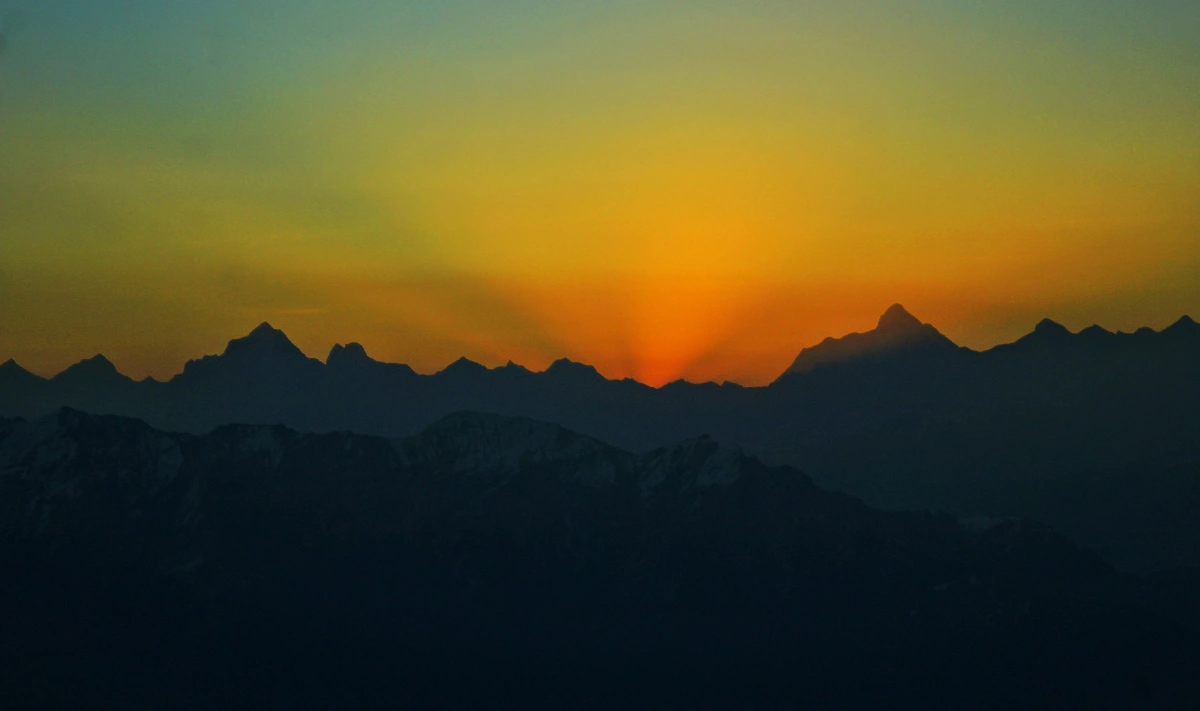
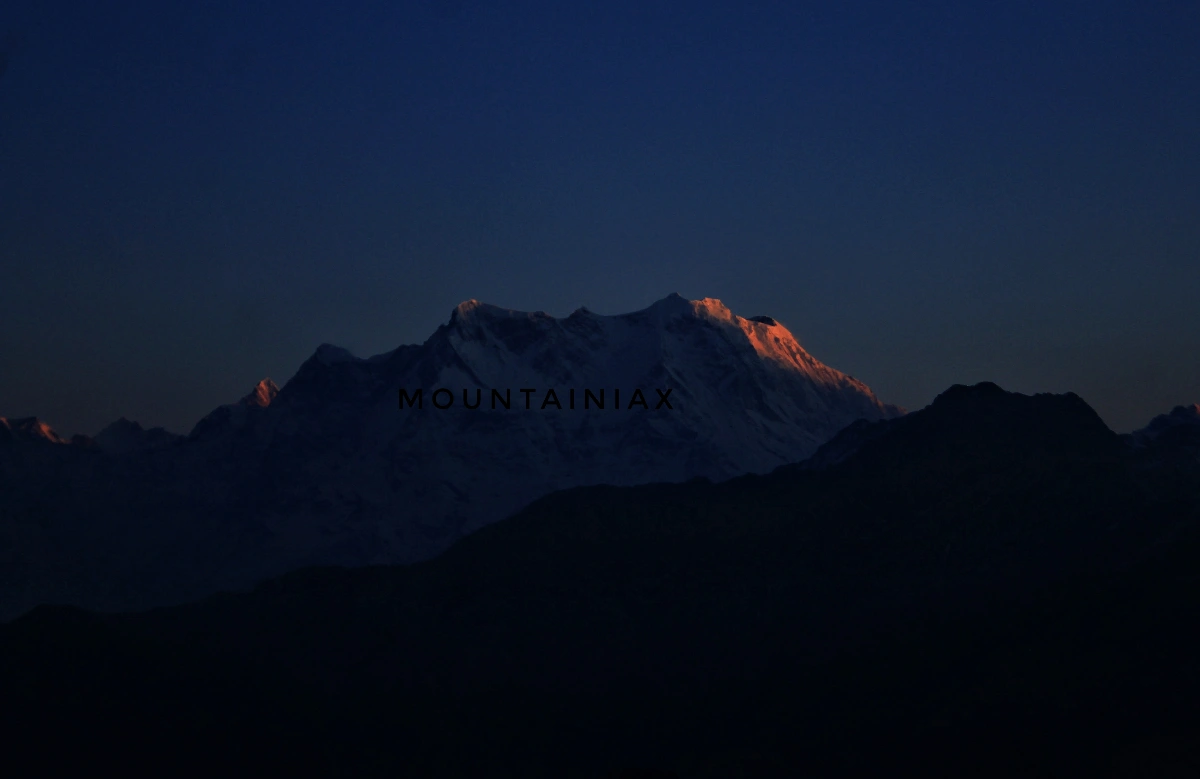
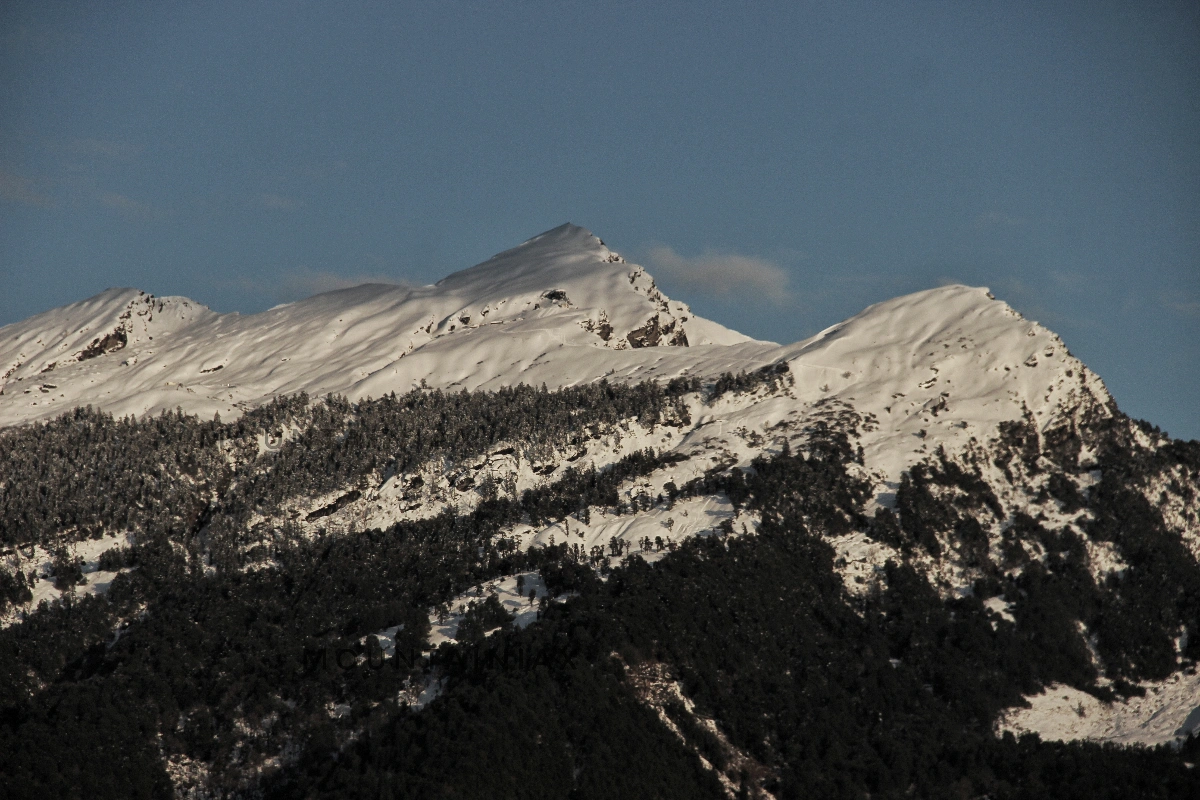
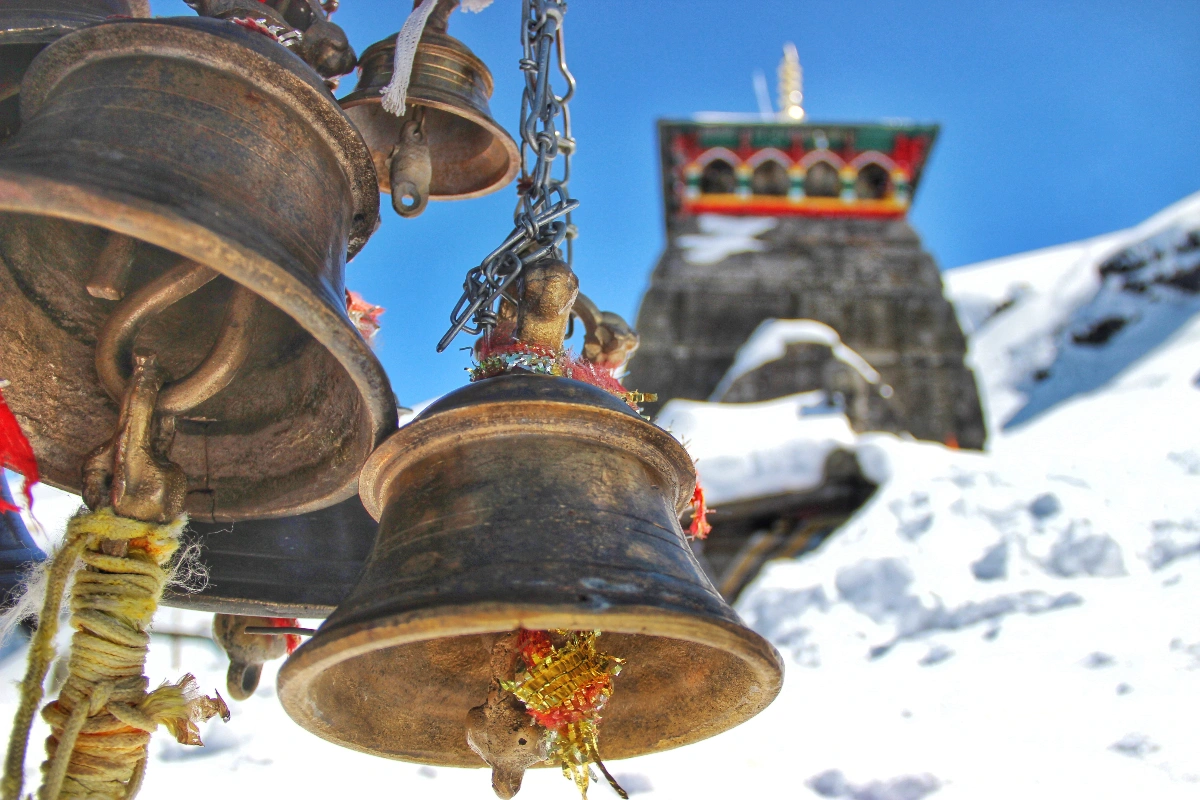
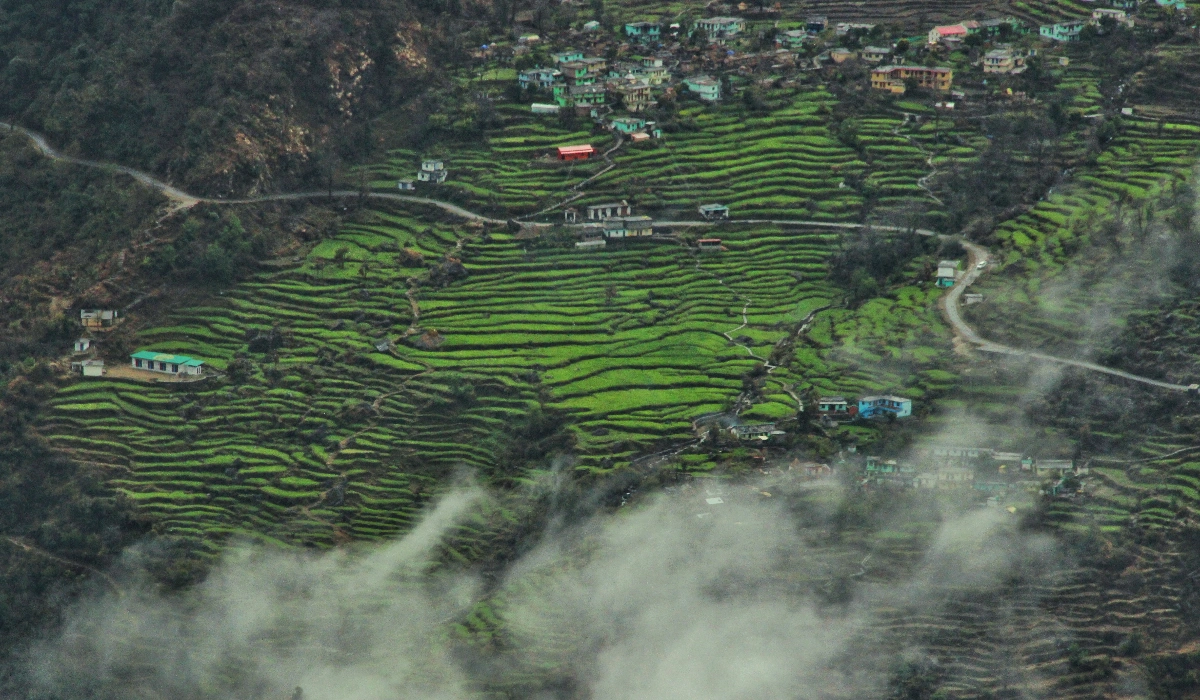
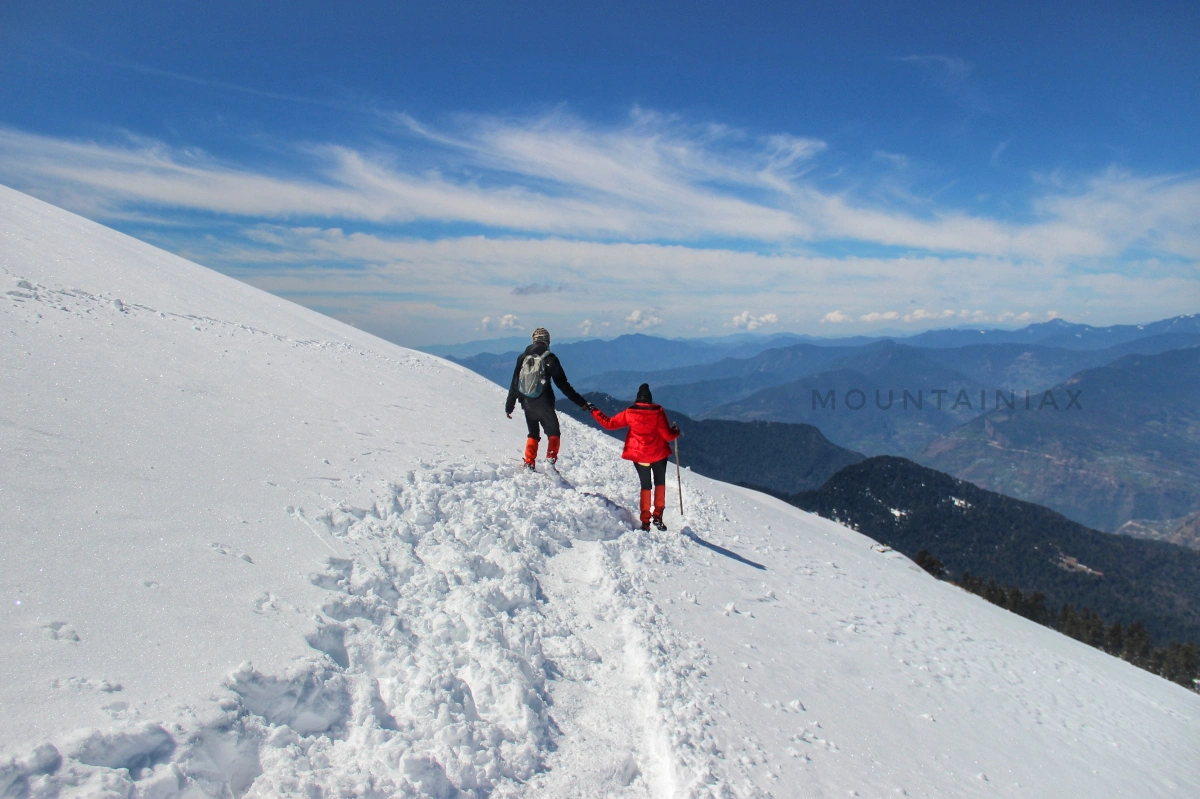
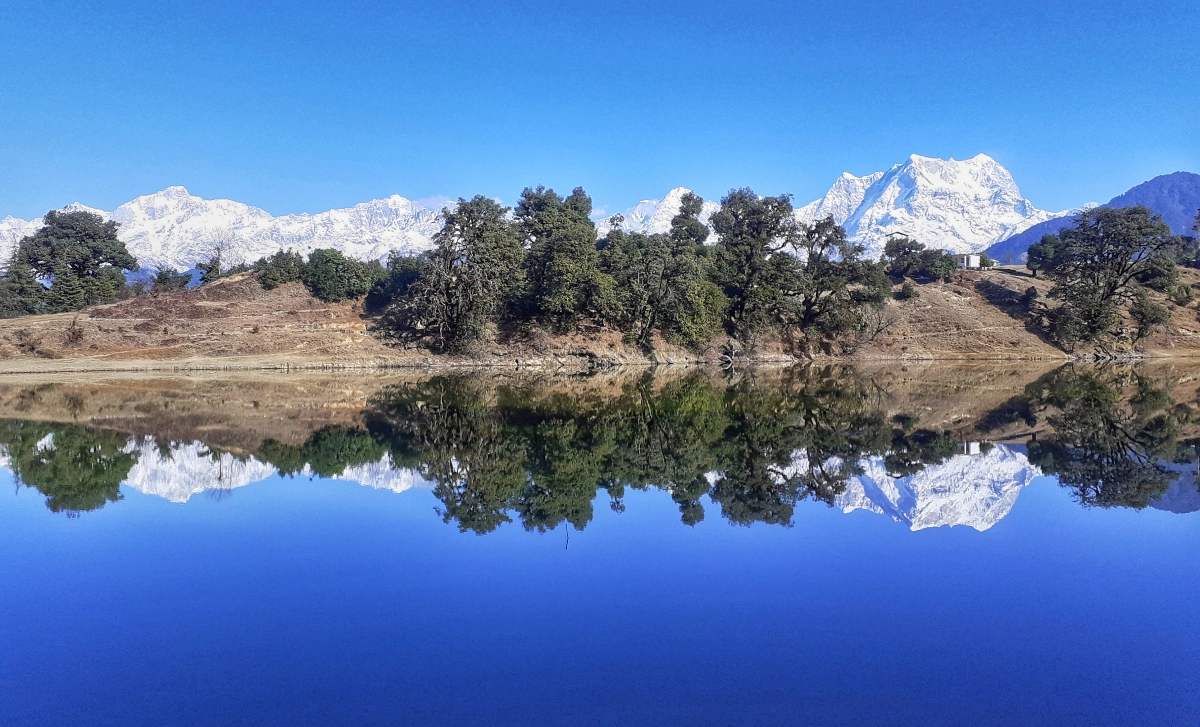
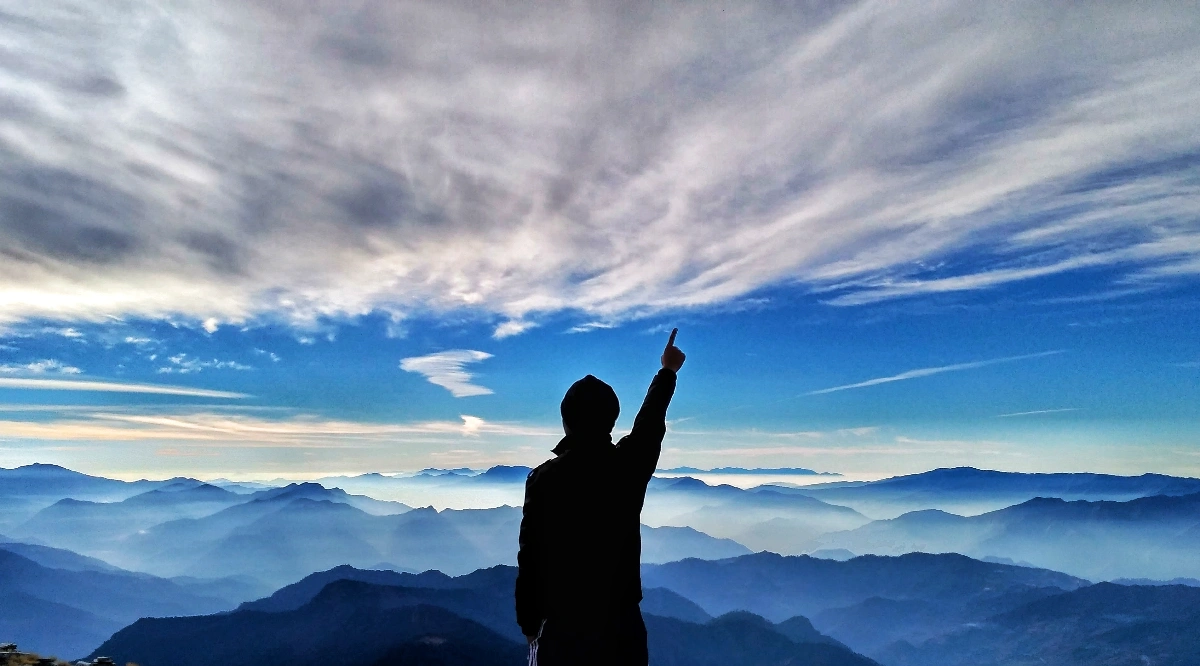
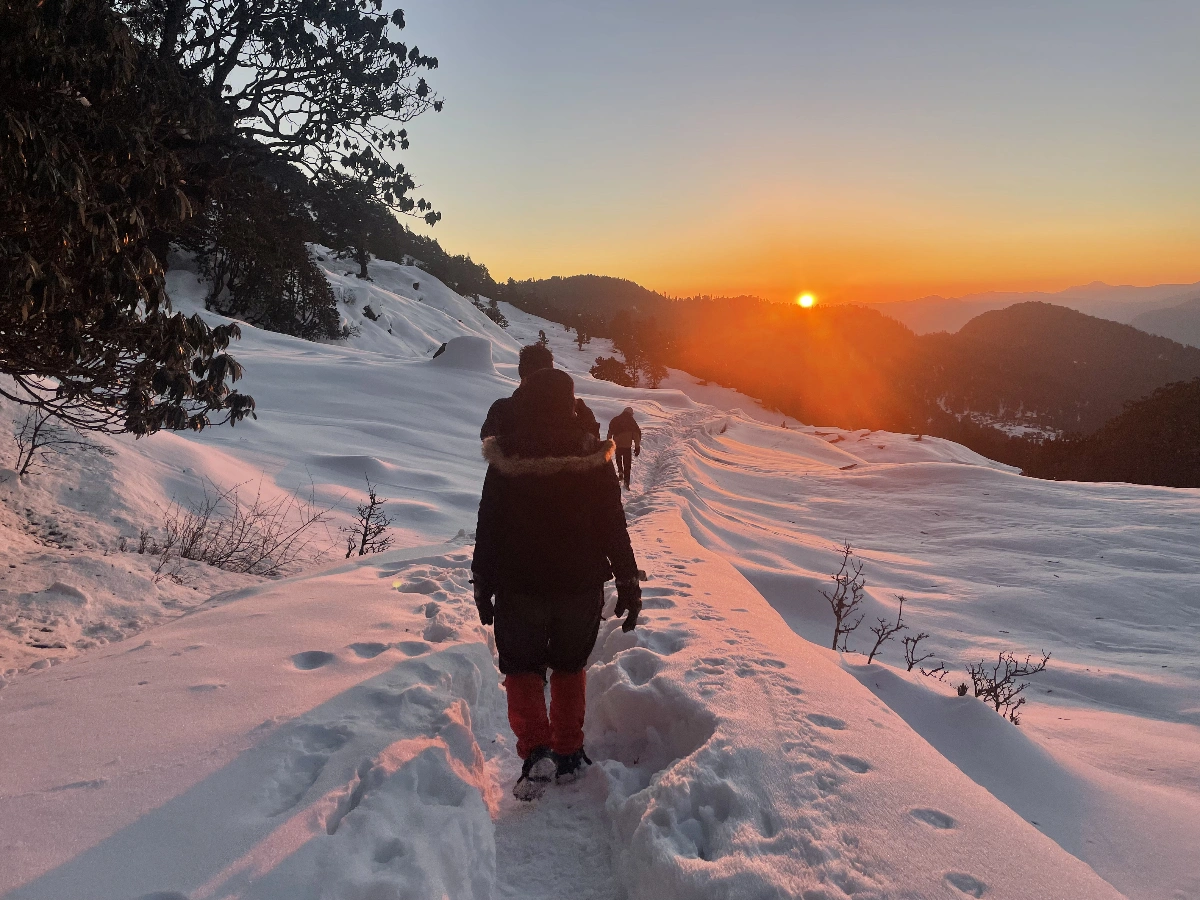
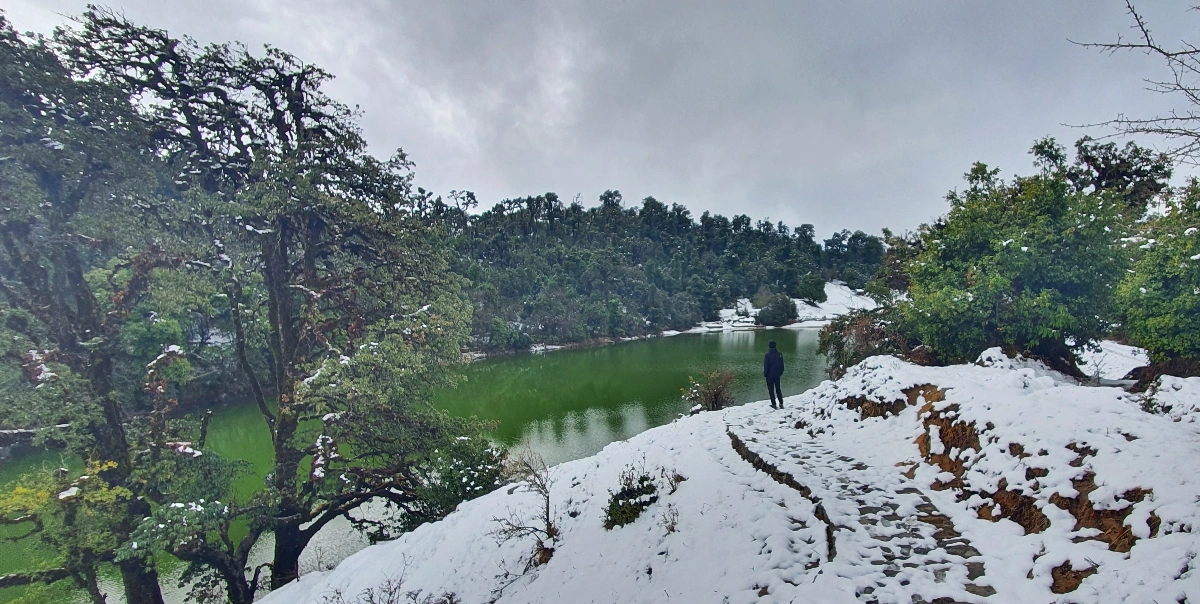
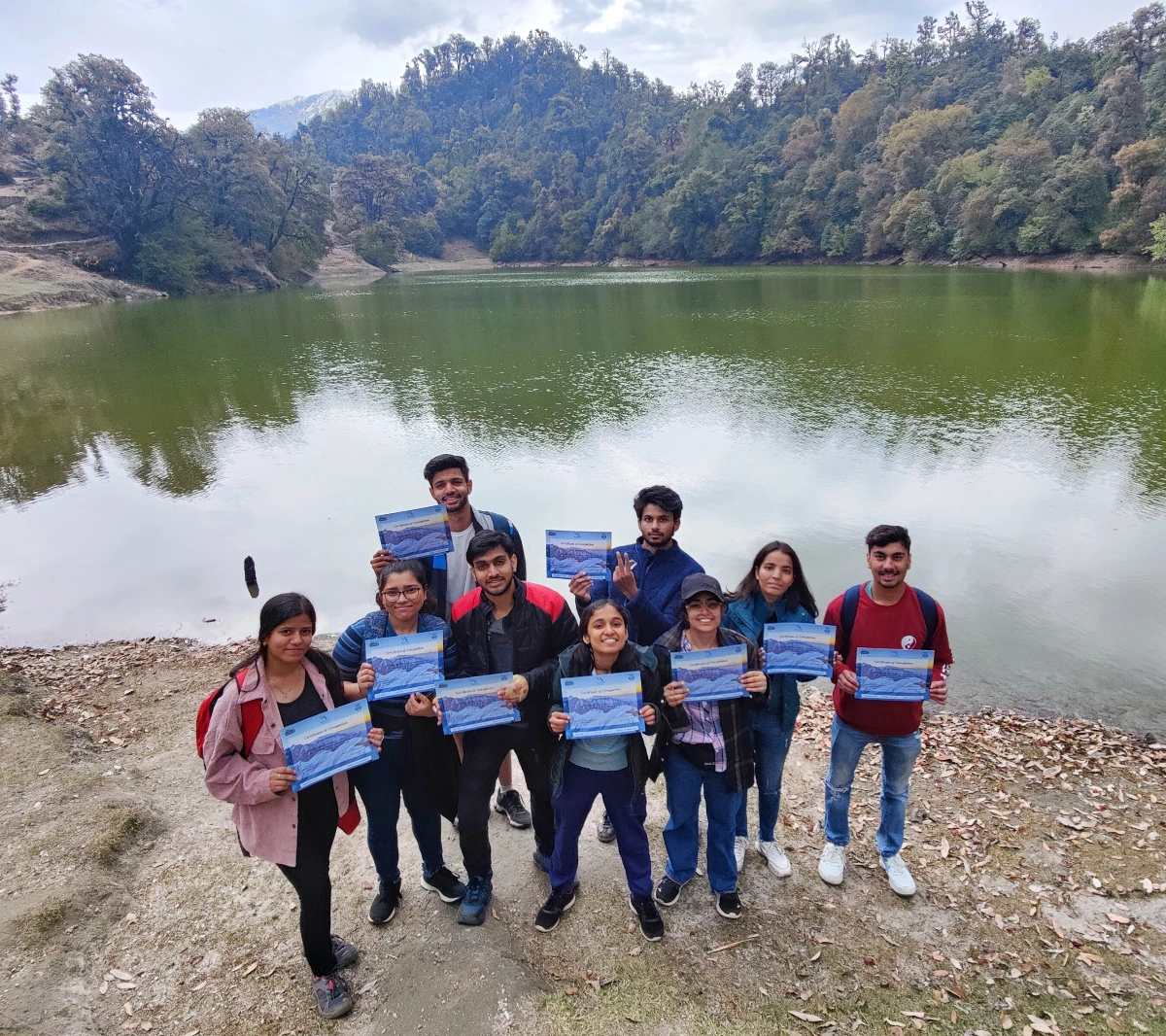
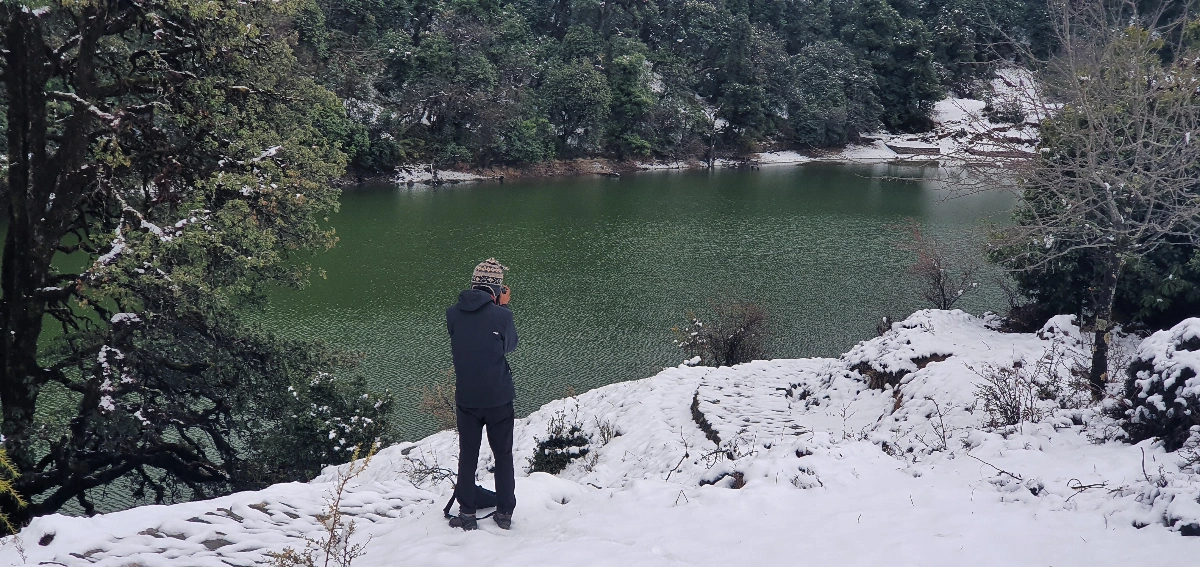
How difficult is Chopta Tungnath trek?
Chopta Tungnath Deoriatal trek is suitably easy to moderate for beginner-level trekkers and for families too. Most of the trekking trails offer conspicuous and neatly paved paths with gentle slopes, so there is no need for prior trekking experience.
What time of the year is considered the best for this trek?
When temperatures range between 10 degrees Celsius and 25 degrees Celsius with clear skies, allowing a glorious view of the surrounding mountain peaks between April to June is always the right time to trek.
The period from September to November marks autumn which follows the monsoon season and features both crisp air and excellent foliage.
The winter season spanning December through March offers the opportunity to experience snowfall while necessitating preparation for cold temperatures that can drop below freezing by carrying appropriate winter gear.
What is the duration of time required to complete the trek?
The journey across the trekking route requires a duration of three to four days to complete while covering distances ranging from fifteen to twenty kilometers. The duration depends on the itinerary you choose.
Does this trekking route accommodate beginner trekkers?
The moderately challenging nature of this terrain, combined with very well-defined trails and reasonably achievable daily distances, makes this trek ideal for beginners. This trek requires some physical fitness and stamina to be enjoyed to the fullest
What are the main attractions of this trek?
Deoriatal Lake: A high-altitude lake famous for its clear waters reflecting the surrounding Chaukhamba peaks. It creates an alluring mirror effect.
Tungnath Temple: Situated at 3,680 meters, it is the highest Shiva temple in the world, which offers spiritual solace with breathtaking views.
It has a height of 4,000 meters and faces many of the well-known peaks of the Himalayas like Nanda Devi, Trishul, and Kedar Dome.
What accommodation type is available in Chopta ?
Based on itinerary, the accommodation provided is Swiss camps with attached washrooms. These camps are typically comfortable, offering basic amenities and a unique experience of staying close to nature.


Our goal is to encourage sustainable tourism in offbeat destinations of the Himalayas. We want more people to get out of the main trekking hubs & experience themselves and the planet on a new more meaningful level.
All Content & Photos Copyrighted by Mountainiax © 2025